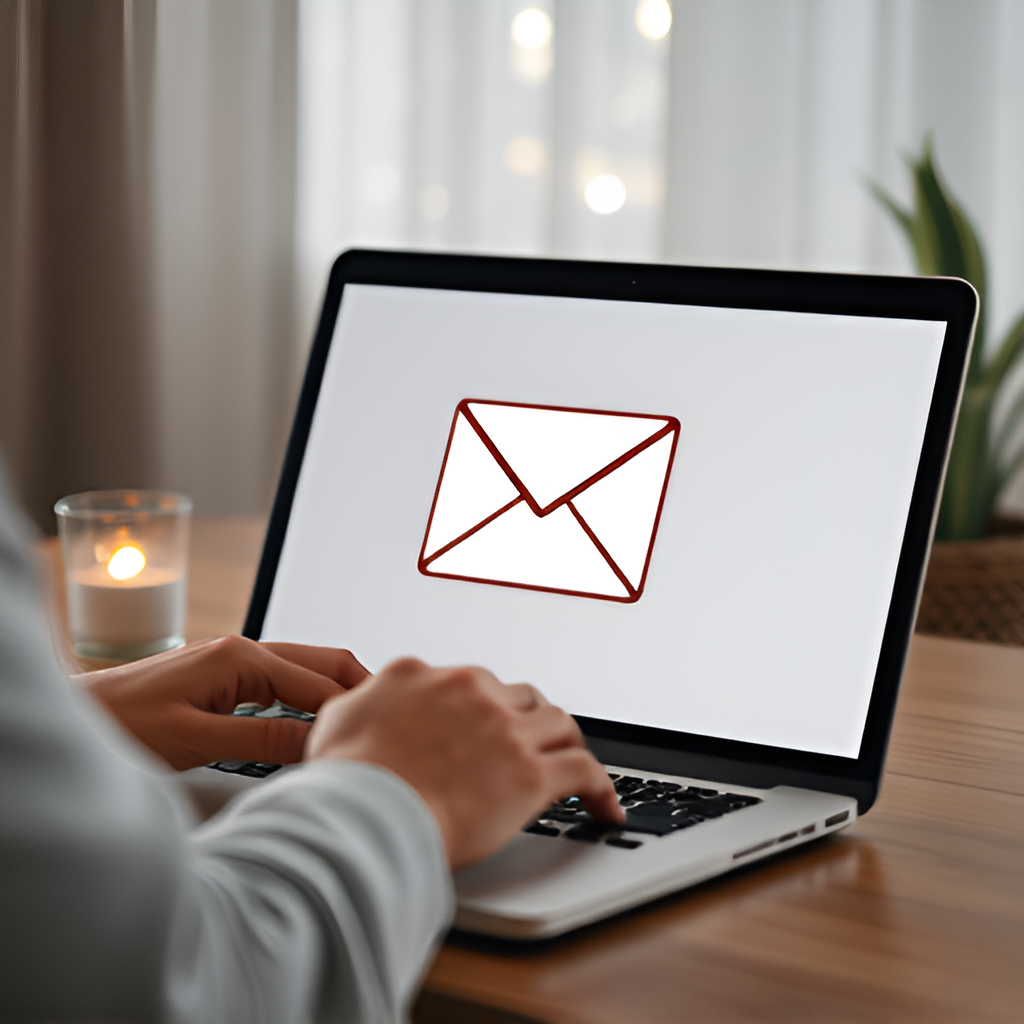In an era noted by enhanced frequency and intensity of all-natural calamities, pandemics, and human-made situations, emergency administration has ended up being an essential element of public safety and security and organizational resilience. Emergency administration software (EMS) has actually become a vital device for federal government firms, initially -responders, and private organizations to simplify catastrophe reaction, improve communication, and reduce damage and loss. This short article discovers the crucial features, advantages, and applications of emergency situation management software and just how it is revolutionizing catastrophe preparedness, response, and healing.
Comprehending Emergency Management Software.
efficiently implementing crisis response tools in a disaster recovery scenario is critical for emergency management software in governmental agencies to ensure resilience. quickly adapting hazard mitigation systems for the incident command structure enhances emergency management software at non-profit organizations, promoting interoperability. strategically deploying disaster management solutions on disaster risk reduction protocols optimizes emergency management software across private sectors, improving crisis communication. effectively utilizing emergency planning platforms for civil protection units stabilizes emergency management software within community services, strengthening response coordination.
emergency management software
effective crisis management tools are essential for organizational safety. innovative response software provides capabilities to local agencies. essential alert systems allow for efficient public notifications. powerful recovery programs facilitate the rebuilding processes after disasters. critical command centers integrate various services for streamlined operations.
Emergency monitoring software is a suite of devices developed to aid companies plan for, reply to, and recover from emergency situations. Whether it’s a typhoon, wildfire, earthquake, cyberattack, or public health situation, EMS provides crucial data, real-time interaction capacities, and streamlined process to make sure reliable sychronisation during all phases of emergency situation administration: reduction, preparedness, action, and healing.
Traditionally, emergency situation monitoring relied on hands-on processes and inconsonant systems, commonly leading to delays and miscommunication during defining moments. Today, EMS incorporates various modern technologies like Geographic Info Systems (GIS), automated notifies, and mobile interaction systems to supply a central service for taking care of disasters successfully.
Secret Attributes of Emergency Administration Software.
Emergency monitoring software application incorporates a wide range of attributes, each developed to improve the sychronisation and effectiveness of disaster monitoring. Right here are a few of the most notable capabilities:.
1. Real-Time Alerts and Notifications.
EMS allows authorities to send out real-time alerts to stakeholders, such as first responders, government officials, and the public. These informs can be personalized based on the kind and severity of the calamity and are sent with numerous networks like text, e-mail, mobile applications, and social media.
2. Incident Monitoring and Coverage
Among the main features of EMS is incident monitoring. This feature aids organizations keep tabs on numerous events in real-time, recording key information such as place, seriousness, and response initiatives. Comprehensive coverage tools make it possible for after-action reviews, enabling firms to analyze their action and make improvements for future events.
3. Geographic Info Solution (GIS) Assimilation.
GIS is vital for picturing the scope of an emergency situation, mapping influenced areas, and figuring out the optimum allotment of sources. By integrating GIS information, EMS provides decision-makers with real-time situational awareness, allowing them to determine the best evacuation paths, situate shelters, and take care of logistics efficiently.
4. Source and Asset Administration.
Throughout a disaster, efficient source allowance can suggest the difference in between life and death. EMS supplies devices to track readily available resources, such as employees, vehicles, medical materials, and sanctuaries. This makes sure that resources are deployed to where they are required most and decreases the threat of scarcities.
5. Interagency Interaction and Cooperation.
Efficient calamity action needs collaboration across several firms, including city governments, federal companies, non-profit organizations, and private companies. EMS assists in interagency interaction with centralized platforms, guaranteeing that all stakeholders are aligned and can share important information in real-time.
6. Mobile Availability .
Modern EMS remedies are cloud-based and mobile-friendly, enabling emergency employees to access the platform from any location. This is especially helpful in remote areas or throughout catastrophes that interfere with typical communication channels.
The Benefits of Emergency Situation Monitoring Software.
The application of emergency situation administration software application brings various benefits to organizations and government agencies responsible for catastrophe administration:.
1. Improved Performance .
By automating manual processes and systematizing information, EMS substantially minimizes the moment needed to make important decisions. With real-time info at their fingertips, -responders can act faster and a lot more successfully, minimizing the influence of a disaster.
2. Improved Communication.
Among the largest challenges throughout a crisis is keeping clear communication. EMS platforms provide a solitary source of reality, guaranteeing that every person involved in the response has accessibility to the exact same information. This decreases the danger of miscommunication and ensures that all actions are collaborated.
3. Data-Driven Decision Making .
With EMS, decision-makers have access to real-time information, which helps them make informed choices during a dilemma. By analyzing trends, source allowance, and occurrence reports, companies can establish extra efficient techniques for mitigating the impacts of disasters.
4. Scalability.
Whether it’s a little localized occasion or a massive nationwide calamity, EMS platforms are scalable and adaptable to the circumstance’s range. This flexibility guarantees that the software can manage varying degrees of intricacy and source demands, making it appropriate for both regional agencies and large federal government organizations.
5. Compliance and Reporting.
Lots of EMS platforms provide automated coverage devices to help companies remain compliant with neighborhood, state, and government regulations. This is crucial for post-disaster audits, where comprehensive records on reaction times, resource allotment, and decision-making processes might be required.
Real-World Applications.
Emergency administration software is used across numerous fields, including:.
– Government Agencies: Regional and government governments count on EMS to work with catastrophe response across several territories.
– Medical care Providers: Medical facilities utilize EMS to manage client consumption, track medical materials, and make sure the connection of care throughout health and wellness emergencies.
– Corporations: Companies make use of EMS for service continuity preparation, ensuring that operations can return to promptly after a disturbance.
– Educational Institutions: Schools and universities use EMS to take care of safety methods, including emergency drills and campus evacuations.
Verdict.
In a world where emergency situations can strike any time, emergency situation monitoring software program has actually ended up being a vital tool for guaranteeing security, minimizing damage, and enhancing recovery efforts. With features like real-time informs, case tracking, and interagency cooperation, EMS makes it possible for organizations to respond rapidly and effectively to any type of crisis. As technology continues to progress, emergency management software will only come to be more sophisticated, more enhancing its ability to safeguard lives and residential or commercial property in the face of catastrophe.




